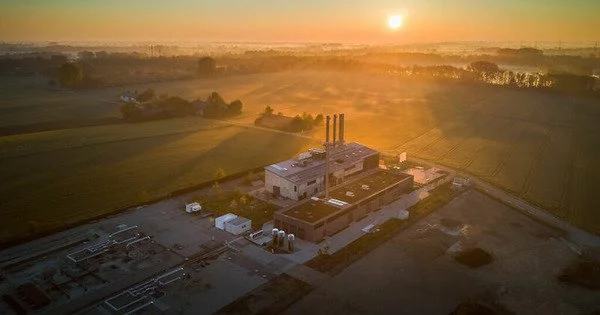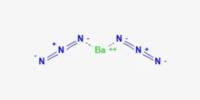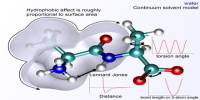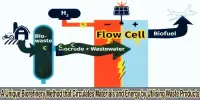Pumping up thermal water, separating lithium, and using it to make batteries for electric vehicles – the idea of lithium as an environmentally friendly and locally available byproduct of geothermal energy plants appears to be very promising. However, it has yet to be determined whether domestic lithium extraction is truly worthwhile. A team of Karlsruhe Institute of Technology (KIT) researchers has now summarized the state of the art, analyzed raw material markets, and evaluated technologies. According to them, it is theoretically possible to extract thousands of tons of lithium in Germany each year, but critical details must still be clarified.
Europe needs a lot of batteries and a lot of lithium to make them for the energy transition. As a result, the European Union (EU) considers lithium to be a critical resource. There is a risk of a lithium shortage. “We are completely reliant on imports. Chile and Australia account for 80 percent of global lithium resources “Valentin Goldberg of KIT’s Institute of Applied Geosciences explains (AGW). “At the same time, we knowingly accept significant environmental costs associated with conventional lithium extraction in these countries, including negative impacts on groundwater.” In contrast, lithium extraction in geothermal power plants is planned to be based on existing infrastructure in Europe, where large volumes of thermal water with high lithium concentrations are extracted.
Following energy production, lithium will be separated, and the remaining water will be returned to the underground as is customary during operation. “In general, we are very optimistic about this technology. There would be little need for space, and the environmental and transportation costs would be minimal “According to Goldberg. Goldberg and his colleagues from AGW gathered available knowledge, analyzed it, and calculated the potential for Germany for the first time to realistically determine the potential future share of domestic lithium.
On this basis, we have obtained an optimistic annual production estimate of about 2600 to 4700 tons lithium carbonate equivalent, provided that all relevant geothermal energy plants are equipped with the necessary systems.
Dr. Fabian Nitschke
Regional Lithium Extraction for Complementing Resources in an Environmentally Friendly Way
The potential lithium extraction volume does not only depend on the water’s lithium concentration, but also on the location-dependent flow rate and reservoir dimension. For their estimations, the researchers analyzed potential locations in Germany, studied markets of raw materials, and assessed various technologies in terms of efficiency, applicability, and integration in geothermal energy production. “On this basis, we have obtained an optimistic annual production estimate of about 2600 to 4700 tons lithium carbonate equivalent, provided that all relevant geothermal energy plants are equipped with the necessary systems,” says Dr. Fabian Nitschke, AGW, who was also involved in the studies.
“With this, we could cover about 2 to 13 percent of the annual quantity needed for planned battery production in Germany.” Construction of additional geothermal power plants might increase the extraction volumes. However, it will take at least five years for a newly planned power plant to start operation.” In view of the predicted global lithium shortfall and planned battery production, the situation in Germany will deteriorate soon. For this reason, lithium from geothermal power plants will nothing but complement imported resources in the medium term,” Nitschke says.
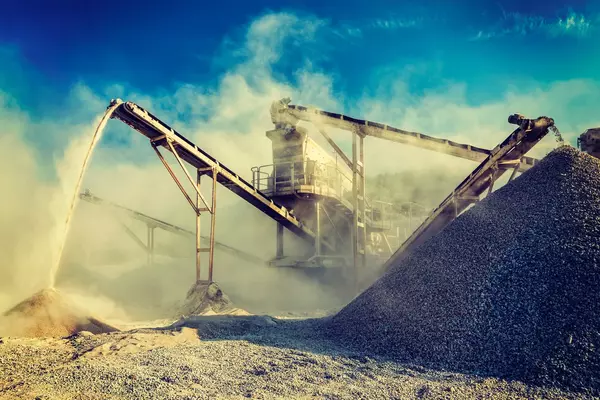
Direct Comparison of Different Technologies
Prognoses still are subject to many uncertainties: The dimensions and the origins of lithium resources in geothermal systems as well as the response of the reservoirs to continuous extraction are being studied at the moment. Moreover, extraction technologies are far from mature – essential development processes and long-term tests remain to be carried out. “But direct comparison already reveals specific advantages and drawbacks that are of particular relevance to economically efficient lithium extraction,” says Dr. Tobias Kluge, AGW, another author of the study. “The need for additional resources, damage caused by deposits in boreholes and extraction units, and energy consumption directly affect economic efficiency.”
Wide Public Acceptance Is Required
Still, it is not further technology development or suitable locations that will decide on whether lithium will be extracted at German geothermal power plants. Public support and acceptance will be required, Valentin Goldberg emphasizes. “Our publications in the journal “Grundwasser” (groundwater) do not only address experts. We rather want to give decision-makers in politics and industry as well as the interested public the chance to inform themselves directly and independently about opportunities and challenges.” Now, the findings can be used as a basis for future research and development in this area. The studies were carried out within the framework of the geoenergy research activity coordinated by the Geothermal Energy and Reservoir Technology Group of AGW within the Helmholtz Research Field Energy and the BrineMine Project funded by the Federal Ministry of Education and Research (BMBF).(mhe)
